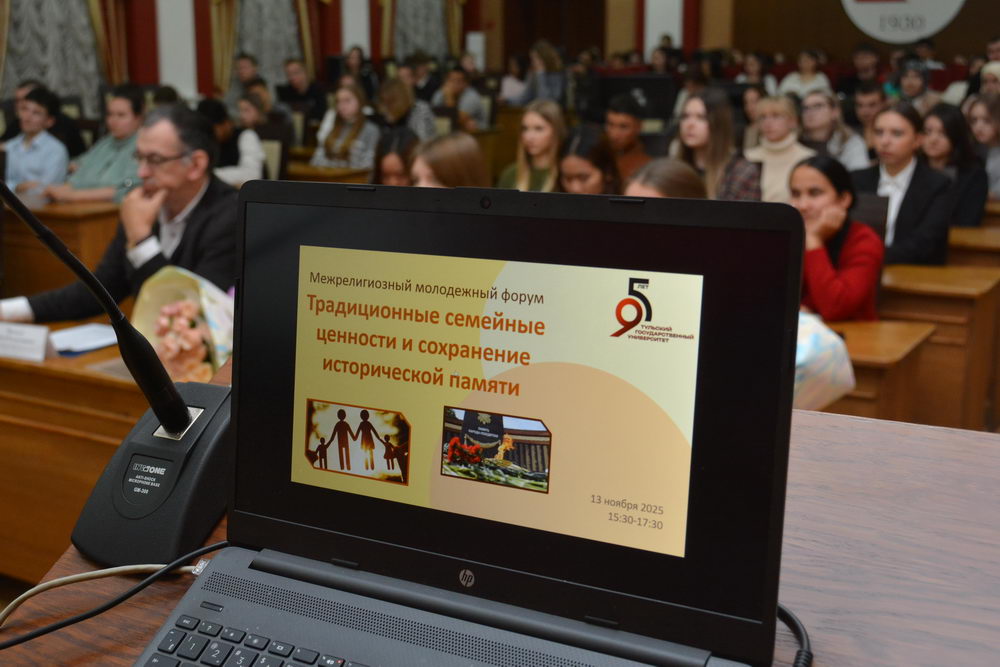- 03.09.2025 18:28
TSU Scientists Develop Method to Predict Stroke Risk
A new indicator for the role of chronic stress, developed by scientists at Tula State University (TSU), could help reduce mortality from heart attacks and strokes and improve their prevention. The innovation has been confirmed by a patent.
Cardiovascular diseases are the leading cause of death worldwide, and chronic stress — a prolonged state of tension where the body doesn't have time to recover — is a significant factor in their development. Until now, its role has been largely overlooked in risk assessment. The standard SCORE scale, used to diagnose cardiovascular risk, only considers gender, age, blood pressure, cholesterol levels, and smoking status.
Specialists at TSU have developed a world-first technology that objectively accounts for the impact of chronic stress on the risk of heart attack and stroke.
"Our approach is based on an indicator we identified, called the 'Stress-Induced Cardiovascular Risk' (SICR)," explained the project's author, Aleksey Rafailovich Tokarev, Associate Professor at the Department of Surgical Diseases of TSU's Medical Institute. "We derived it by calculating the mathematical relationship between the occurrence of heart attacks, strokes, and a 'stress resistance index' previously patented at TSU. This work is built upon years of fundamental and experimental research by Professor Alexander Agubecherovich Khadartsev."
The researchers explained that the stress resistance index combines indicators from the cardiovascular, respiratory, and autonomic nervous systems, reflecting their interplay under stress. It was developed based on the analysis of examinations of over 2,500 people using a special Russian hardware-software complex. The scientists then analyzed data on fatal and non-fatal cardiovascular events (heart attacks and strokes) among these patients from 2014 to 2025.
They found that a low stress resistance index was correlated with a significantly higher frequency of cardiovascular events and a shorter life expectancy. This discovery allowed them to develop the formula for the new SICR indicator.
"If this developed technology is implemented in cardiovascular disease prevention programs alongside cholesterol level checks and blood pressure measurement, it will improve public health and increase life expectancy," concluded Aleksey Rafailovich Tokarev.
The doctors noted that stress itself is a normal part of life. In most cases, the changes in the body caused by adverse influences are aimed at overcoming them. However, chronic stress leads to increased blood coagulability and the development of atherosclerotic plaques, which contribute to cardiovascular diseases. Furthermore, chronic stress often provokes the formation of harmful habits, which additionally increases the risk.
TSU Rector Oleg Aleksandrovich Kravchenko noted that the research was performed with the support of a grant from the Government of the Tula Region. He stated that the university closely collaborates with the regional Ministry of Health not only in training medical personnel but also in scientific work.
Dmitry Litvinov
Photos provided by Aleksey Tokarev











